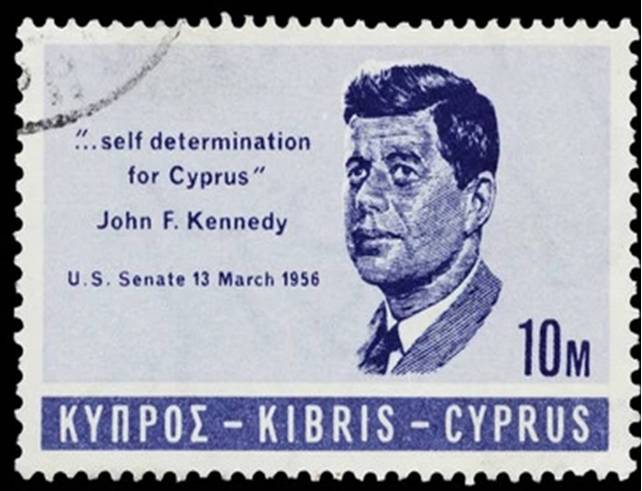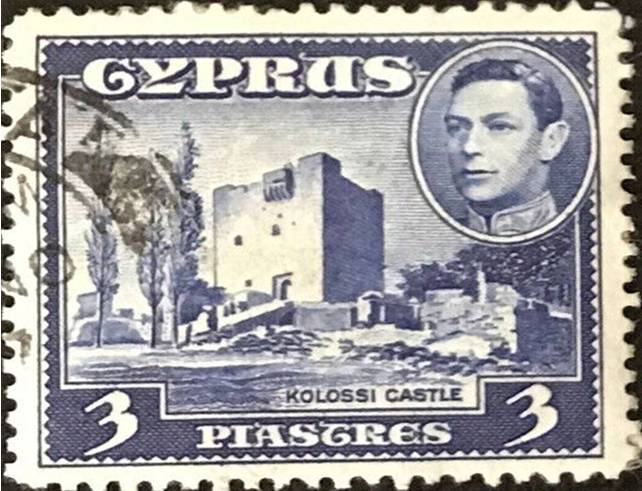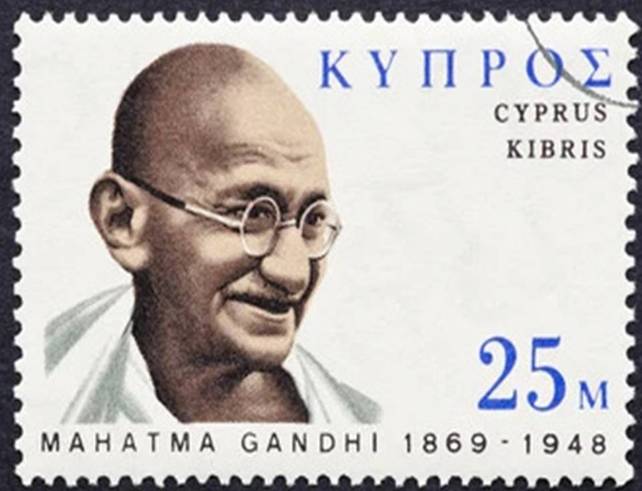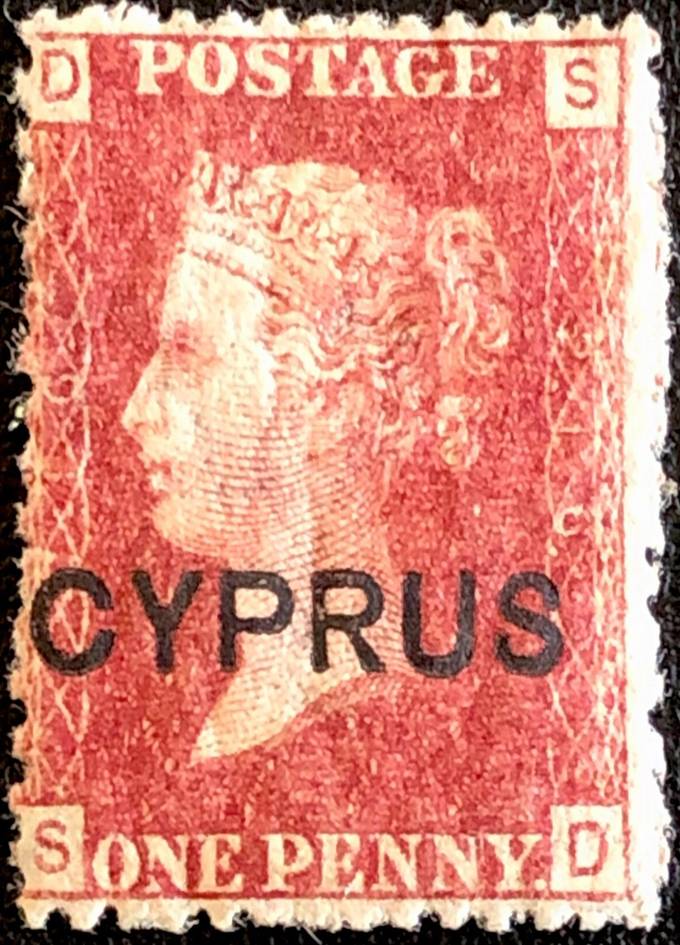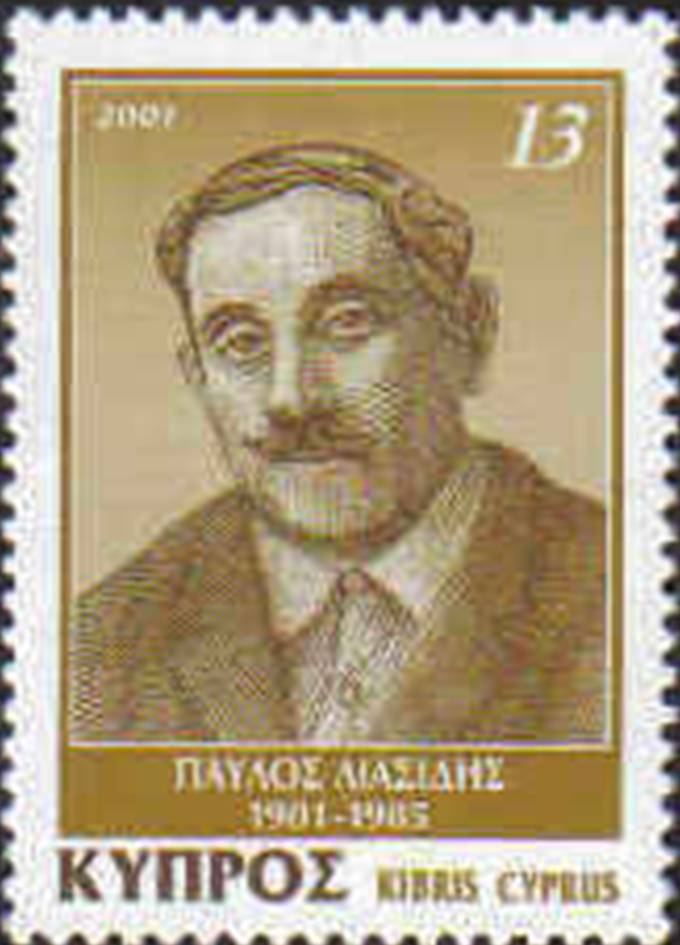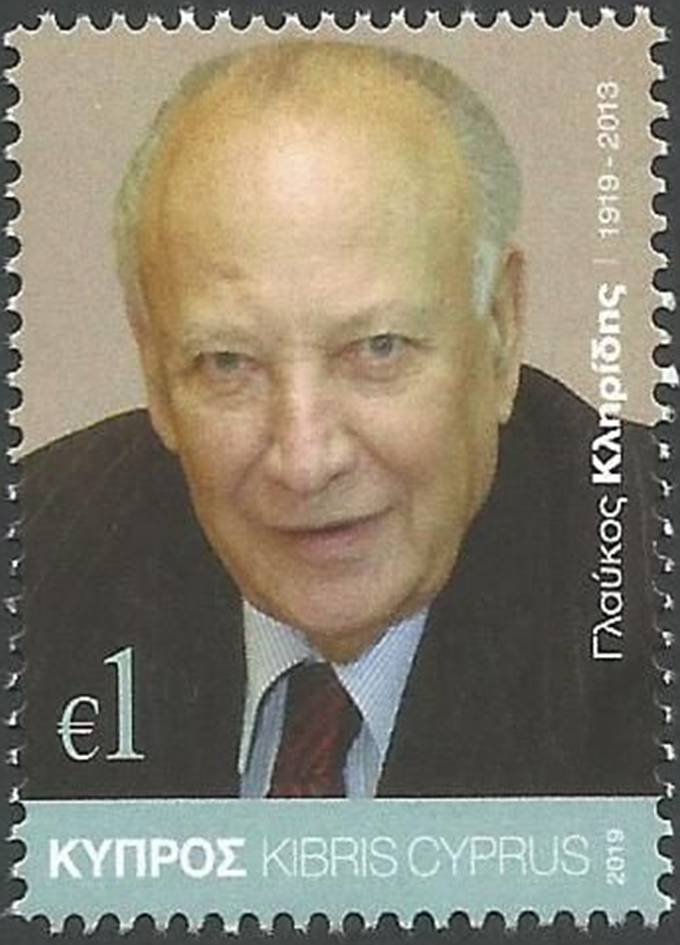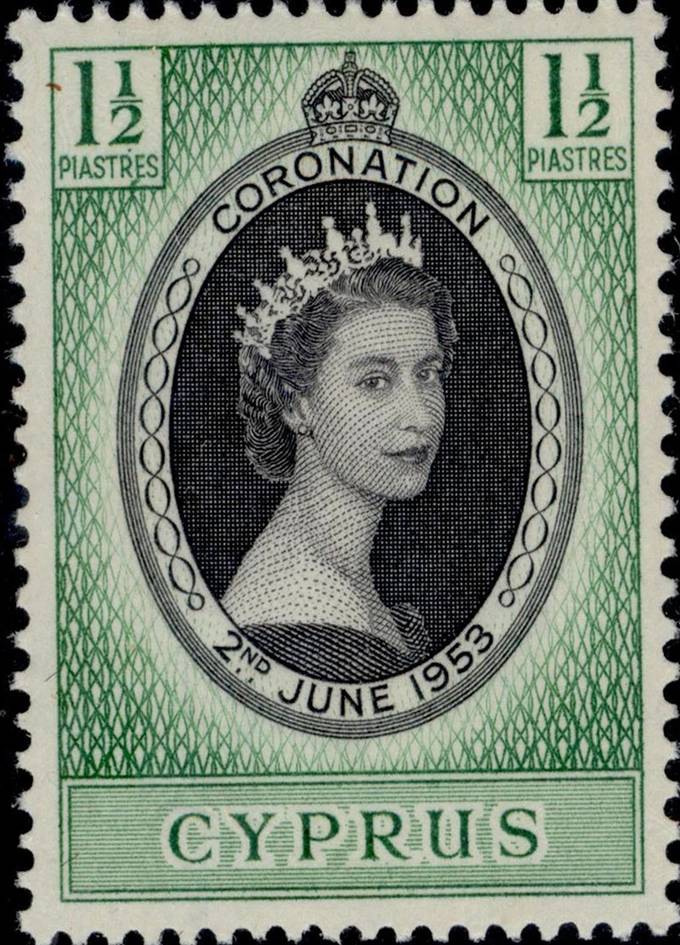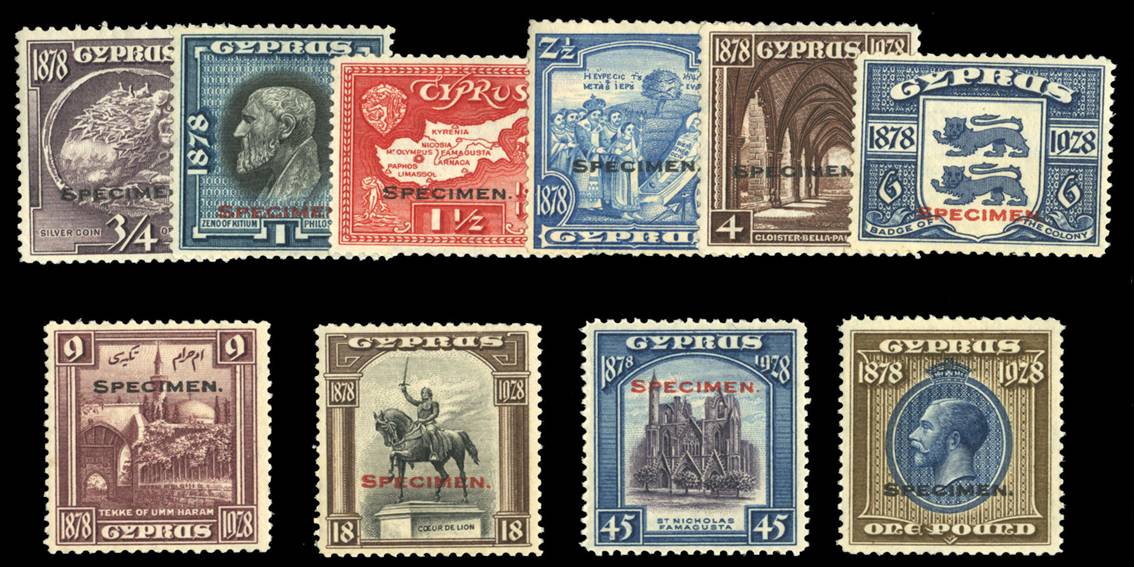Cyprus’s postal history: A Reflection of Turbulent Times
Cyprus postal history offers a fascinating record of the island’s turbulent past. Many stamp collectors find it the most interesting story in the entire Commonwealth.
The Early Years: Before 1878
The Venetians created the first organized postal service for Cyprus. Their ships carried mail for dignitaries, merchants, and consuls across the Mediterranean. The earliest known letter traveled from Famagusta to Constantinople on August 17, 1353. Many later letters did not have postmarks. Instead, they showed the initials “C.D.G.” (CHE DIO GUARDI), which means “God is guarding it.”
Later, during the Turkish period, egg-shaped postmarks appeared. These featured the word “VENDAMAR” and the Lion of St. Mark. Officials used sealing wax to keep letters confidential. Between 1845 and 1864, the first hand-made stamps emerged. Also during this time, the Austrian Post Office Lloyd in Larnaca introduced the first postmarks.
Sending a letter was a slow and complicated process. Costs kept rising. The system for settling postal fees between different countries was also problematic. The new postage stamp solved these issues. Great Britain issued the very first stamp on January 10, 1840. It pictured Queen Victoria. The English educationist Rowland Hill came up with the idea.
The first modern stamps in Cyprus
The first modern stamps in Cyprus appeared in 1864. They bore the “LARNACA DI CIPRO” postmark from the Austrian Post Office. Large stamps from Turkish issues also exist from this era. The Turkish Post Office in Nicosia used these stamps from 1871 until 1878. However, very few people used this service. Most of the Turkish Cypriot population could not read or write, so they sent little mail.
The British Administration: 1878-1960
Britain took over the administration of Cyprus on July 8, 1878. A British Post Office opened in Larnaca later that month. After 33 years of service, the Lloyd Post Office closed six months later. New Post Offices soon opened in all major towns. Each had its own numbered postmark: 942 for Larnaca, 969 for Nicosia, 974 for Kyrenia, 975 for Limassol, 981 for Paphos, and 982 for Famagusta. All these offices reported to the General Post Office in England. They used regular British postage stamps.
Starting in April 1880, the government began overprinting British stamps with the word “CYPRUS.” The Government Printing Press in Nicosia did this work.
Cyprus Issued its Own Stamps
From July 1881, Cyprus issued its own stamps. These featured portraits of British monarchs: Victoria, Edward VII, and George V. Collectors call these the “De La Rue Key Plate” series. The stamps had a simple design, showing only the king or queen and the words “Postage and Revenue.” The £1 stamp from 1922-23 and the £5 stamp from 1928 look plain, but their rarity makes them very valuable to collectors.
After 1928, the stamps changed. They stopped using royal portraits and started showing scenes from everyday Cypriot life and culture.
An Independent Republic: 1960 to Present
Cyprus became an independent republic on August 16, 1960. To celebrate, the postal service issued a special set of three commemorative stamps. They also overprinted the existing Queen Elizabeth II stamps with “CYPRUS REPUBLIC” in Greek and Turkish.
Since independence, the Department of Postal Services releases a limited number of new stamps each year. These stamps pay for postage and also showcase the island’s history, cultural treasures, and natural environment. To date, the department has issued:
7 definitive series with 97 stamps.
157 commemorative series with 496 stamps.
7 refugee stamp series with 7 stamps.
Galery
